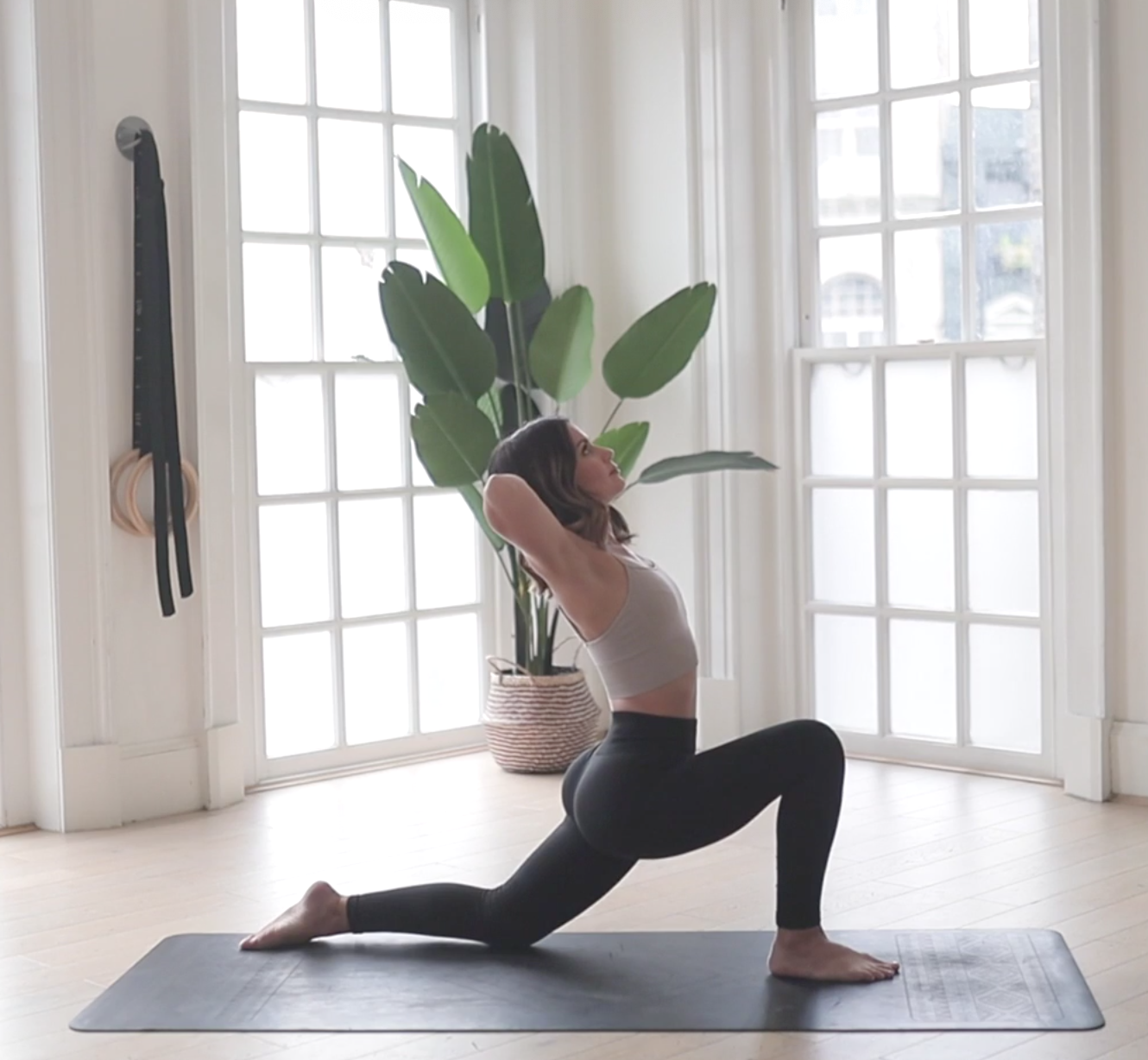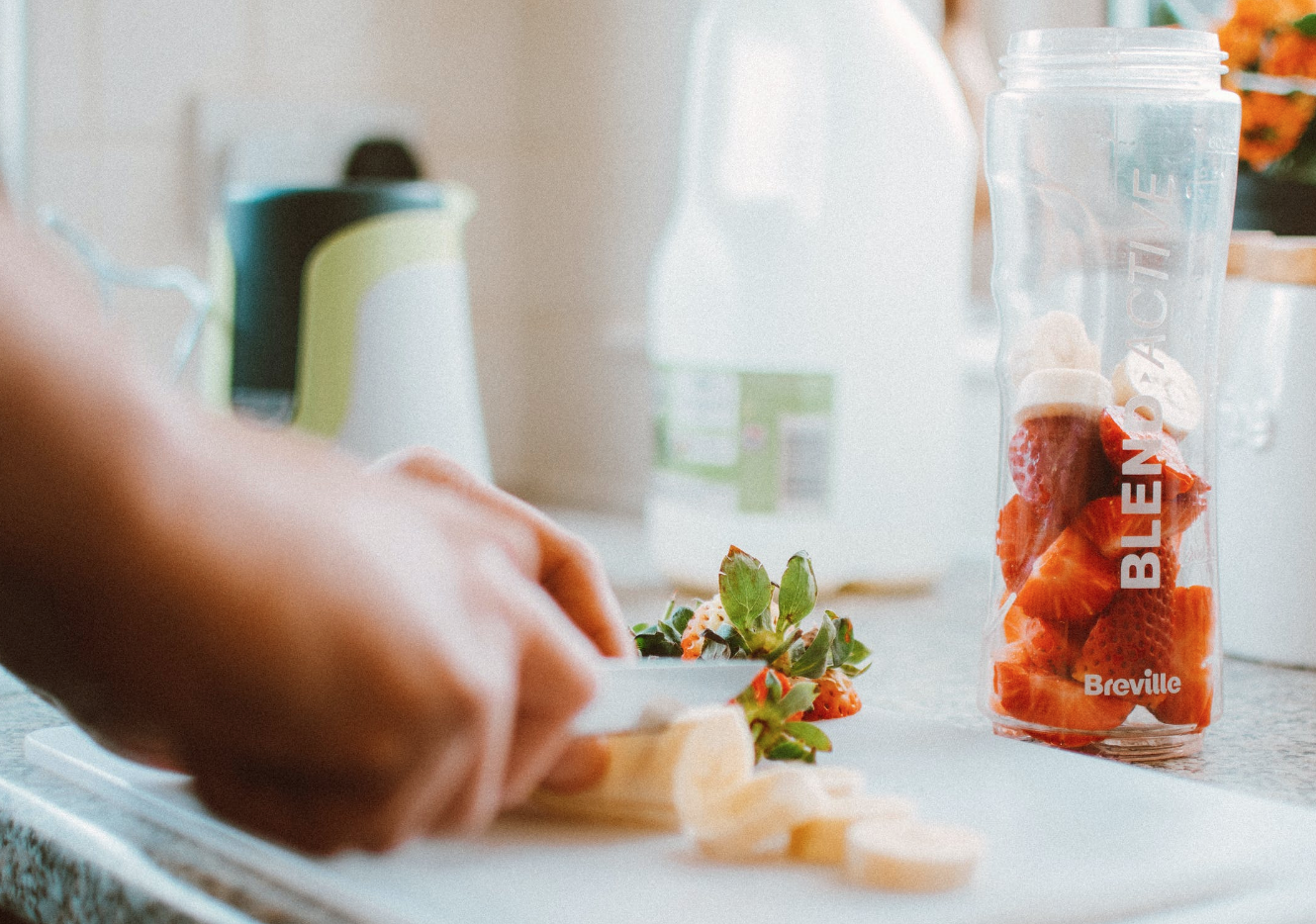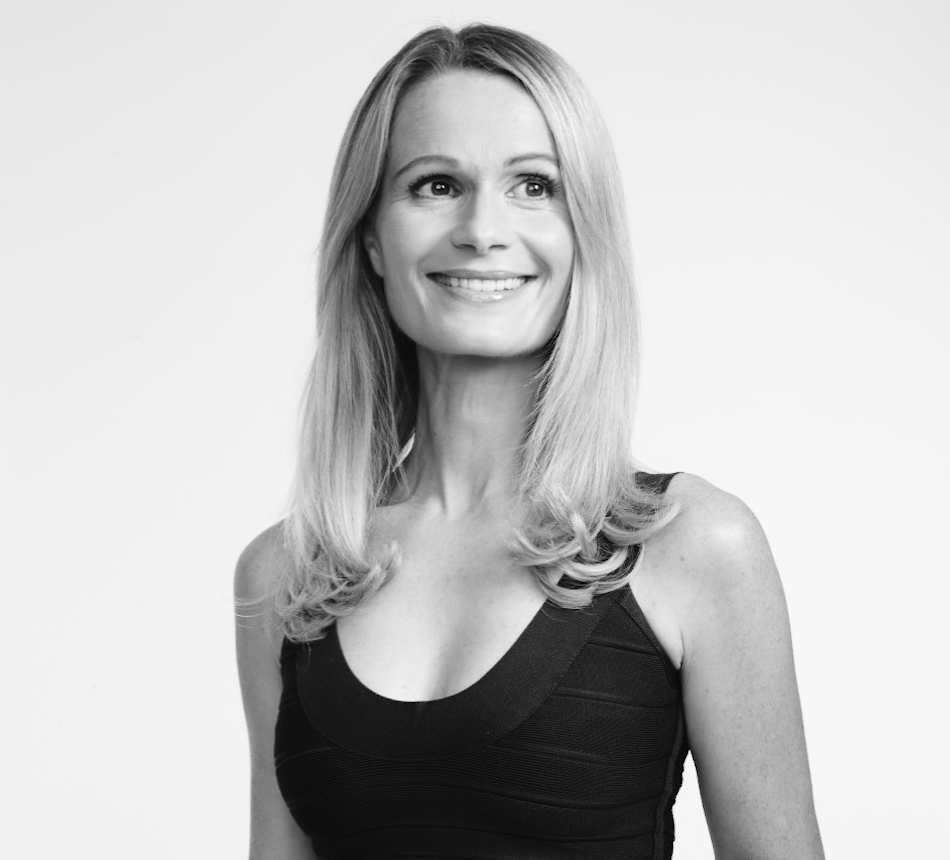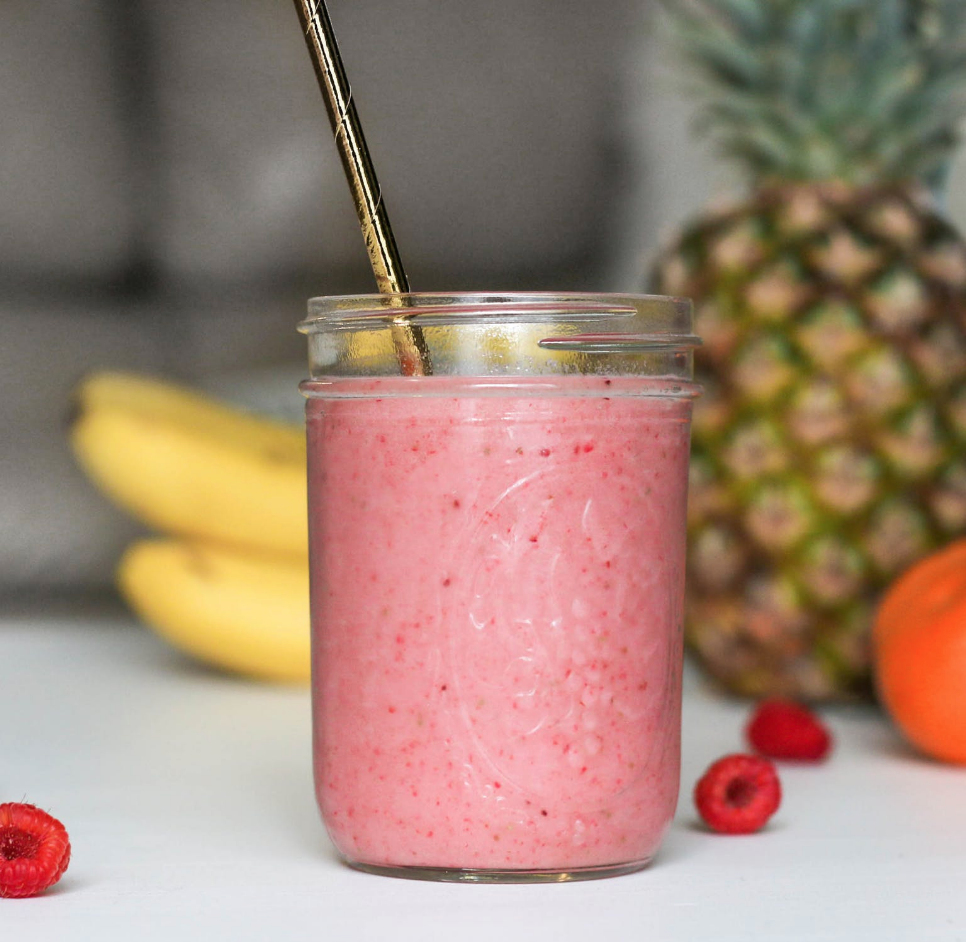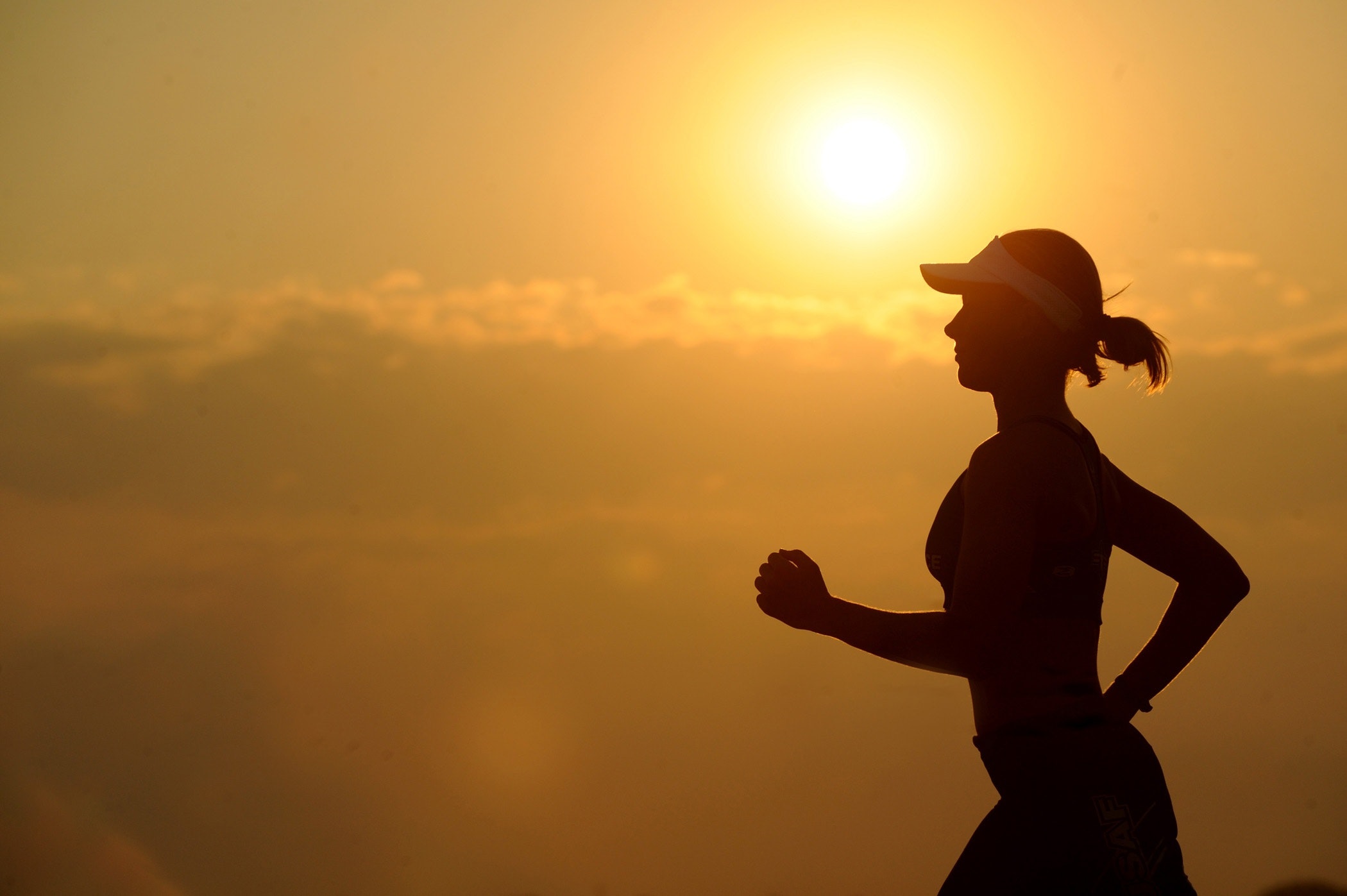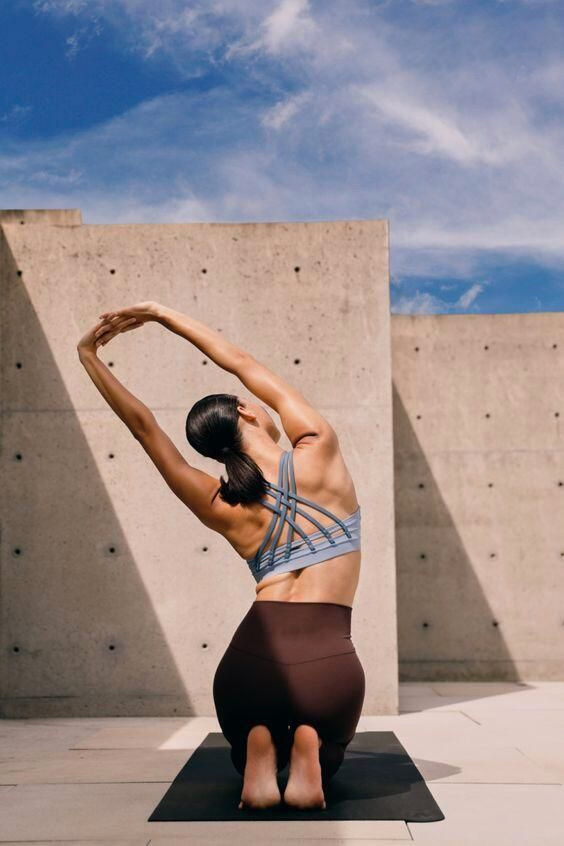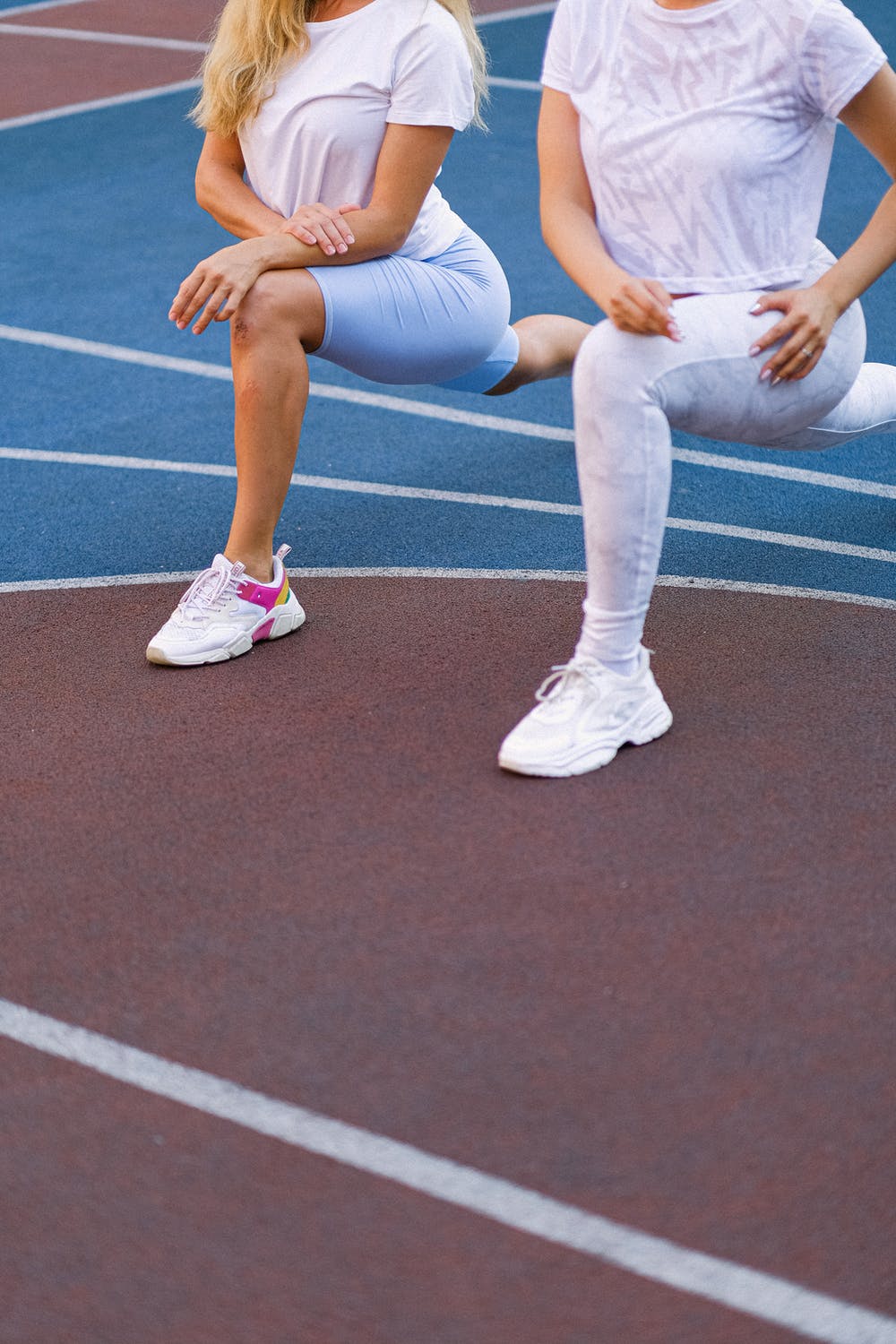Biggest Obstacles to Weight Loss
Subscribe to our newsletter
For more recipes, wellness tips and fitness updates
Our Expert Feedback
Weight loss can sometimes feel like a daunting and difficult task. At the Parker Practice, we really believe in our method and want to assure you that it doesn’t have to feel impossible or unpleasant. We recently asked our clients “What do you believe is the biggest challenge for you when it comes to weight loss?” Many of you answered and our expert dietitian, Lydia Worsley, worked to give some useful feedback to the three most prevalent challenges.
-
EMOTIONAL EATING
Dietitian Response:
Eating when we are bored, stressed, or feeling other uncomfortable emotions in order to self-soothe is common, and is a perfectly natural coping strategy. Many of us do this at some stage and may have noticed this become more frequent during the past year’s stressful lockdowns.Some days and weeks can be tougher than others. Acknowledging these tricky times can prove to be good learning opportunities to ask yourself – ‘what can I do differently moving forward?’
It can be really helpful when we are feeling a sense of frustration with our eating choices if we have a think about a couple of questions –
1. Have I eaten enough today in my meals? (Perhaps you are indeed due something to eat!. Or maybe you needed a bigger portion of protein-rich food / some slow-release starchy carbohydrate foods / more fruit or veggies?)
2. Have I been satisfied by my food choices?
If the answer to these is no, you may want to think about firstly assessing whether you are physically hungry. Your body may well need some fuel, and a delicious appetising snack eaten mindfully could be just what you need! Making sure you have some handy ingredients so you can get together a nutritious, delicious snack that appeals to you like Greek yoghurt and fresh fruit; nut butter and crisp crackers; hummus and vegetable crudites, etc. Remember to have a lovely drink too with it, like a favourite herbal tea in your best mug, as we often confuse thirst for hunger.
If the answer to these is yes, have a think about what you might be really feeling. Is it more of an uncomfortable emotion like boredom / tiredness / anxiety? What is going on around you? Then consider what it is you really need. Food may not be the answer, and there may be other more helpful non-eating behaviours to have in that self-care toolkit to support you in difficult moments. You may want to have a think about active relaxation / self-soothingactivities you enjoy, away from eating.For example, meditation, reading, taking a walk, enjoying a long bath or calling a loved one.These may help you manage uncomfortable emotions instead of eating them!
-
PORTION SIZE
Dietitian Response:
i) Portion sizes of different food groups are important to be aware of as too much or too little of any type of food can increase our risk of health problems and make weight management trickier.
It can be helpful when you are eating any meal or snack to firstly get your serving ready in a bowl or on a plate, so that you are less tempted to go back for more or graze!
A really good place to start is remembering that most non-starchy vegetables (e.g. tomatoes, carrots, peppers, broccoli) are great for health, being a good source of fibre and vitamins & minerals, plus they are low in calories if you are watching your weight. So a good base for meals and snacks are filling up your plate or bowl first with vegetables and salads. For lunch and dinner, try to aim for a third to half of your plate being vegetables / salad. You may prefer a piece of fresh fruit (80g in weight or a handful-size as a rough guide e.g. 1 apple / 1 pear / handful of grapes) which is good for a snack.
When it comes to starchy carbohydrate foods such as rice/pasta/potatoes, we can actually use the size of our fist as a good gauge of how much is an appropriate cooked portion for us as individuals! Some approximate examples of 1 portion size of specific starchy carbohydrates include 1 medium slice of bread / 1 medium jacket potato / 3 heaped tablespoons of porridge oats or breakfast cereal.
For foods that are sources of protein, we can also use our hand size as a rough guide of portion size. For example, aim for a serving the size of your centre palm for red meat or oily fish such as salmon (80-100g cooked) and a serving the size of your entire palm including fingers for poultry such as chicken or white fish like cod (120-140g cooked). A match-boxed size piece of cheese (30g); 2 eggs; 1 small pot of yoghurt (120g) and a glass of milk (200ml) are good guides for portion size of dairy foods. One portion of nuts would typically be 1 handful, while 1 portion of nut butter is approximately 1 tablespoon.
Pulses such as beans, lentils and chickpeas contain both starchy carbohydrate and protein, and 1 recommended portion size of those would be approximately 4 tablespoons or 120g.
For foods that are fat sources e.g. butter or oil, stick to a small serving; for example a teaspoon of butter or a teaspoon of oil with a meal.
If you struggle with serving portions that are too large, try a smaller plate or bowl which can moderate the amount of food you are eating in one sitting.
-
SNACKING
Dietitian Response:
ii) When you are thinking about snacking, remember that snacks can be a really great way of fuelling your body with plenty of nutrients, and helping you feel energised and keeping your appetite under control. We recommend eating approximately every 3-4 hours or so to keep those energy levels topped up.
Make sure you have a range of simple, delicious ingredients (fruit, vegetables, protein sources and starchy carbohydrate foods) to hand to create a nutritious snack to keep you going till the next mealtime. See the information above for recommended serving sizes, and portion out your snack before eating on a small plate or in a bowl.
Some good snack examples might be –
- Greek yoghurt and berries
- Peanut butter and crisp crackers
- Hummus and vegetable crudites
- Cottage cheese and wholegrain toast
- Roasted nuts and chopped fresh fruit
Don’t forget to enjoy a drink with your snack too! Small, regular drink over the day, with meals and snacks help to top up our hydration levels. We need water to work best physically and mentally; good hydration is important for every function in the human body including our concentration and brain function, gut health, and our immune system. Good hydration also helps with appetite control as often we confuse thirst for hunger. Drinks don’t have to be boring – try still or sparkling water with ice, fresh min, lemon and lime. Or a decaf hot drink such as herbal tea in your favourite mug. Caffeinated tea and coffee is fine in moderation (we recommend no more than 3 per day, taken earlier in the day, well before bed, so as not to disturb sleep!)
If you are feeling particularly hungry, think about snacking on some high fibre foods such as crunchy vegetable crudites, wholegrain cereal foods like oats or wholegrain toast plus some protein rich foods too (e.g. yoghurt or nuts). This combination is especially satisfying!
A big thank you to Lydia Worsley, one of our amazing certified dietitians at The Parker Practice, for taking her time to answer all your queries.
& More
Receive 10 free recipes to your inbox!
Sign up and we will send you 10 free recipes

